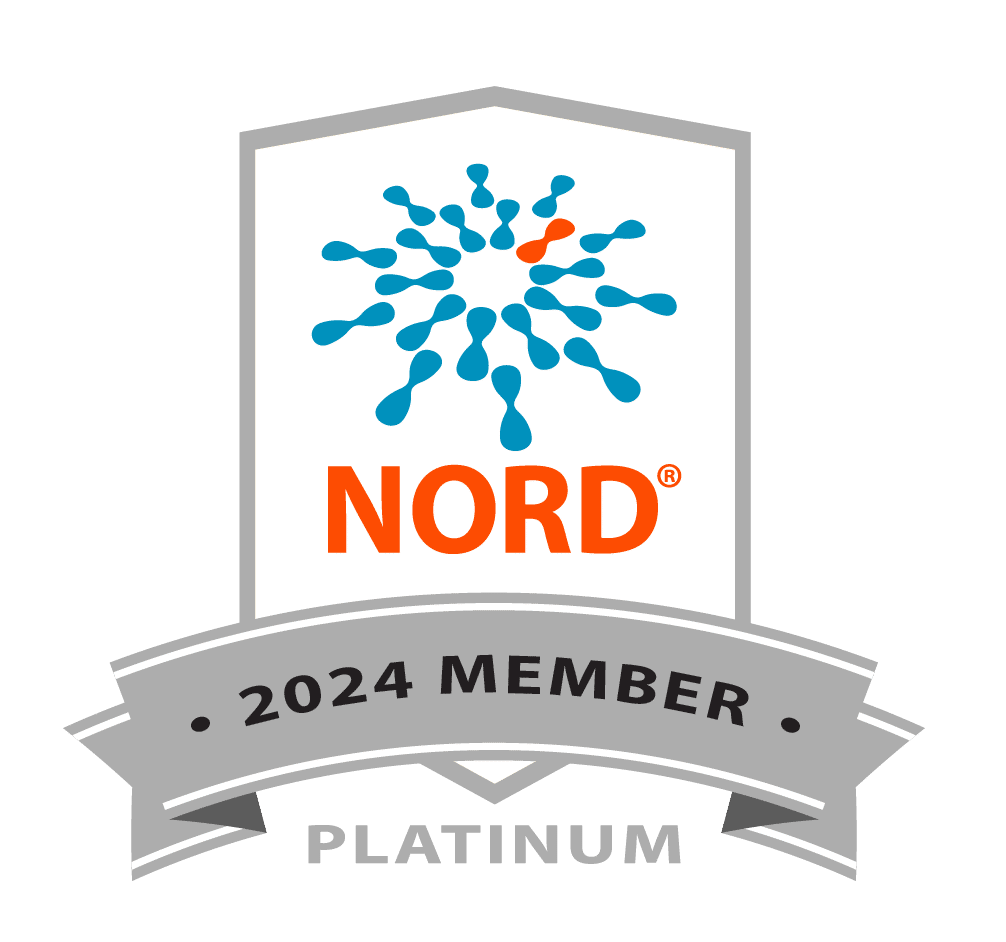Consensus Recommendations for the Management of Neurosarcoidosis
by Amanda Fortune
In the recent article “Consensus Recommendations for the Management of Neurosarcoidosis”, specialists with experience in managing patients with neurosarcoidosis were invited to complete an anonymous survey in order to reach consensus recommendations regarding the evaluation, diagnosis, treatment, monitoring, and long-term management of neurosarcoidosis.
What is neurosarcoidosis?
Sarcoidosis is a rare multisystem inflammatory disorder, and in 5-15% of patients with sarcoidosis, there is clinical involvement of the nervous system. This is then referred to as neurosarcoidosis. In neurosarcoidosis, inflammation is driven by granulomas (clumps of immune cells) that form in the brain, spinal cord, or peripheral nerves, which can lead to symptoms like weakness, sensory loss, bowel/bladder dysfunction, and spasticity due to spinal cord involvement.
Experts widely accept the diagnostic framework for neurosarcoidosis, which is classified based on the recognition of specific clinical and radiologic symptoms as well as the presence or absence of sarcoidosis within or outside of the nervous system.
Why are consensus recommendations needed?
There are no comparable neurologic expert consensus recommendations regarding the management and monitoring of treatment response. Additionally, there is a lack of uniformity in what drugs are being used and the standardization for dosage and duration. The use of glucocorticosteroids is widely accepted, but many clinicians vary in the specific drug being used and the treatment protocol, and overall, there is a lack of standardization of care.
Due to these reasons, experts agreed that a consensus recommendation amongst neurosarcoidosis specialists should be developed in order to facilitate diagnosis, treatment, and management of this rare disorder. The aim of this study is to “develop consensus on key questions pertaining to the treatment of neurosarcoidosis and monitoring of treatment response and to identify areas of uncertainty requiring further investigation. The consensus recommendations are intended as a practical reference to aid the clinicians who are treating patients with neurosarcoidosis.”
How the study was conducted
As the main study design, researchers used a Delphi study survey, which is a design to gather expert opinion anonymously through iterative rounds until a consensus is reached. Expert consensus recommendations were adopted if >80% threshold of agreement was reached. 41 clinicians were invited to complete the survey and 78% participated.
General treatment recommendations
There was consensus supporting:
- The initial treatment regimen for neurosarcoidosis depends on the phenotype (observable characteristics) and symptom severity.
- It is reasonable to treat “possible” neurosarcoidosis if other causes have been appropriately excluded.
- Glucocorticosteroids should be used as part of the initial treatment.
- The presence of active, systemic sarcoidosis should be considered when determining an induction vs. escalation approach to immunosuppressant use.
- Neurologists with expertise in neuroimmunology should be involved in the management of neurosarcoidosis.
- After acceptable treatment response, an attempt to gradually taper off immunosuppressants is reasonable with close surveillance.
Phenotype-specific treatment recommendations
There was consensus supporting:
- Specific phenotypes warrant an induction approach with high-dose glucocorticosteroids (e.g., methylprednisolone) and an anti-TNF-ɑ steroid sparing agent (e.g., infliximab) for acute management.
- These phenotypes include moderate-severe myelitis, pachymeningitis with elevated ICP (inflammation of the outer layer of the brain and spinal cord coverings, leading to increased pressure in the head), leptomeningitis with elevated ICP (inflammation of the inner layers of the brain and spinal cord coverings, also causing increased pressure in the head), symptomatic parenchymal brain disease (inflammation inside the brain itself, which can cause symptoms like confusion, weakness, or seizures), and moderate-severe optic neuritis.
- Maintenance immunosuppression for at least 1 year is strongly encouraged regardless of initial response to acute treatment.
Monitoring with neuroimaging
There was consensus supporting:
- If an initial neuroimaging study is abnormal, repeat neuroimaging should be obtained within the first 2-6 months after initiation of neurosarcoidosis-directed immunosuppression.
- Neuroimaging of neurosarcoidosis requires the use of gadolinium contrast if not contraindicated.
Where consensus was not reached
Key areas in which consensus was not reached include:
- Standardization of glucocorticosteroid dosing for different phenotypes
- Standardization of choice and dosing of steroid-sparing treatments
- Optimization of prescribing practices to minimize formation of anti-TNF-ɑ inhibitor antibodies
- Duration of use of steroid-sparing immunosuppressants after remission
- Management of peripheral neurosarcoidosis phenotypes
Conclusion
Overall, this study effectively achieved consensus in several key areas of neurosarcoidosis management. Areas that did not reach consensus have been identified and can now be investigated amongst experts. With this study, it is hoped that these consensus recommendations can help guide clinicians towards a standardized approach for effective treatment and maintenance of patients with neurosarcoidosis. Although there were several key areas in which consensus was not reached, the identification and acknowledgment of this lack of uniformity is a step in the right direction towards more universal care.
April is MOGAD Awareness Month! Sharing expert advice and educating physicians on diagnosis, treatment, and long-term management for rare neuroimmune disorders is an important part of SRNA’s mission. Becca was diagnosed with MOGAD, and her journey illustrates the importance of research, advocacy, and the collective strength of our community. Learn more about Becca’s story here, and get involved in raising awareness for MOG Antibody Disease here.





